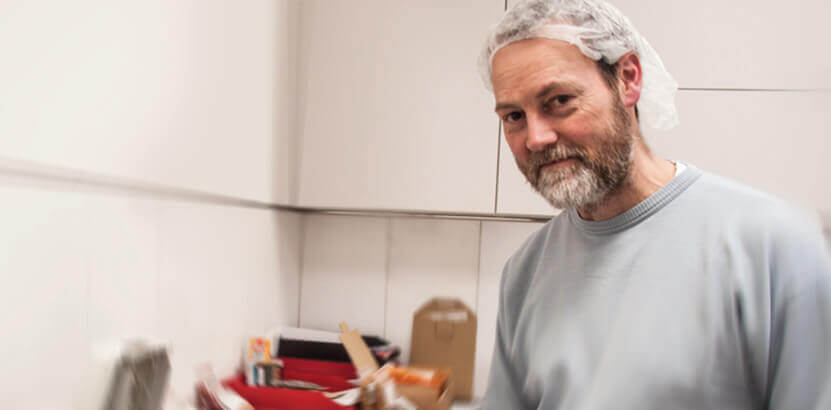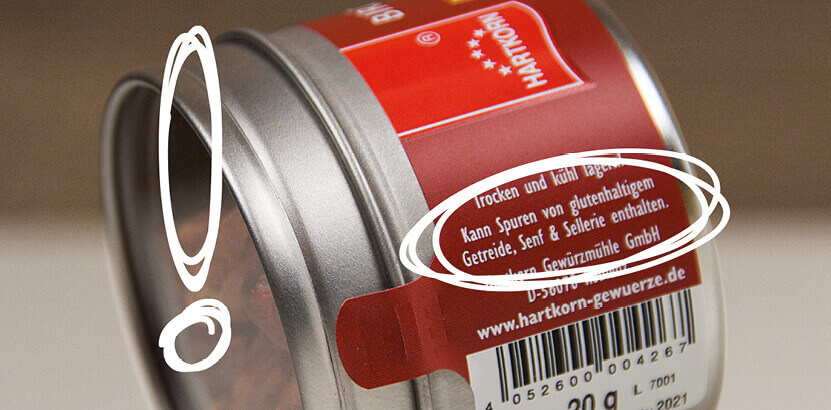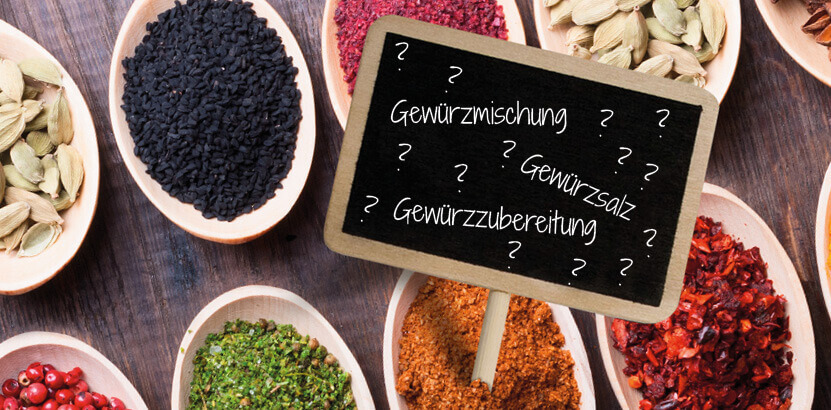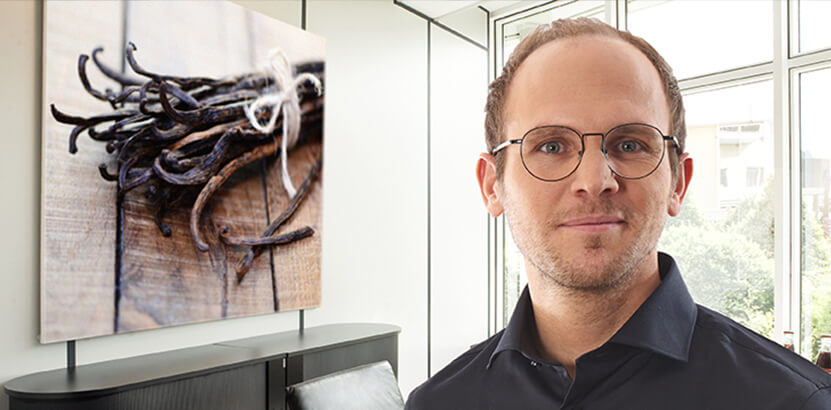Anyone who has ever found the hair in the soup in the restaurant will quickly lose their appetite. As a spice supplier, we make an enormous effort to ensure that our products reach the end consumer free of such unpleasant foreign components.
Because at the origin we still encounter completely different quality and safety aspects than we are used to from the western world with a variety of quality standards and legal regulations.
The main area of cultivation of the pepper is, for example, Vietnam. The climatic conditions in Vietnam alone cannot be compared with ours. In humid to tropical climates, pepper plantations are cultivated by small farmers who live in the simplest living conditions. To this day, the pepper plants, which are up to 10 m high, are harvested by hand. The subsequent drying takes place on concrete surfaces and bast mats in front of the farmers’ front door. The goods are exposed to external influences such as weather, emissions or pests almost unprotected. The peppercorns are only packed in large sacks for transport and now travel a long way beyond the European borders.
Now it is the job of the spice specialists to clean and control the coveted exotic to European standards. There are special reprocessing systems for this, which free the product from foreign components and poor quality in several steps. As a rule, these are sieves with different mesh sizes, metal detectors and magnets as well as blowers to remove fine particles and light components. In some cases, sighting tapes are still used, on which quality work is carried out manually, especially with products that are not possible with the mechanical post-cleaning process. The result is apparently a pure product, at least with regard to foreign components.
To answer further questions on this topic, we once again asked Bernd Grajewski from Quality Management.
What about the chemical and physical purity of spices?
In incoming goods, random samples are taken from the delivered goods, which are checked in an accredited laboratory for chemically and physically relevant aspects, e.g. Pesticides or mold poisons and microbiological criteria can be checked. If the analysis corresponds to the legal parameters, the goods are released for the production of our spices.
How can it happen that foreign objects get into a spice?
Since a 100% control is not possible, it can sometimes happen that the proverbial hair is hanging on the spice without anyone noticing.
In addition, one has to mention at this point that there is no clear regulation regarding the acceptance of foreign bodies, simply based on the fact that there are foreign bodies that are legally not perceptible. This means that they cannot be detected, smelled and tasted with the human senses.
Clearly, this does not mean a stone or a piece of metal that can be clearly seen between peppercorns. It is rather a small piece of stem with the grated basil, marjoram and oregano. A hard ingredient in rosemary or tiny seeds in paprika and chilli. This also includes plastic particles that are apparently not visible in salt.
Almost 100 years of experience in the spice industry, as well as good and long-term trade relationships with our suppliers are essential for us when it comes to the procurement of our raw materials. After a careful selection, only high-quality raw materials find their way into our production halls. We regularly get certified voluntarily by IFS (International Food Standards) so that we can continue to provide you with perfect spices. With this certification, food and product safety as well as quality and hygiene in our company are examined under strict guidelines. But we can gladly devote ourselves to this topic in detail in the next interview.







